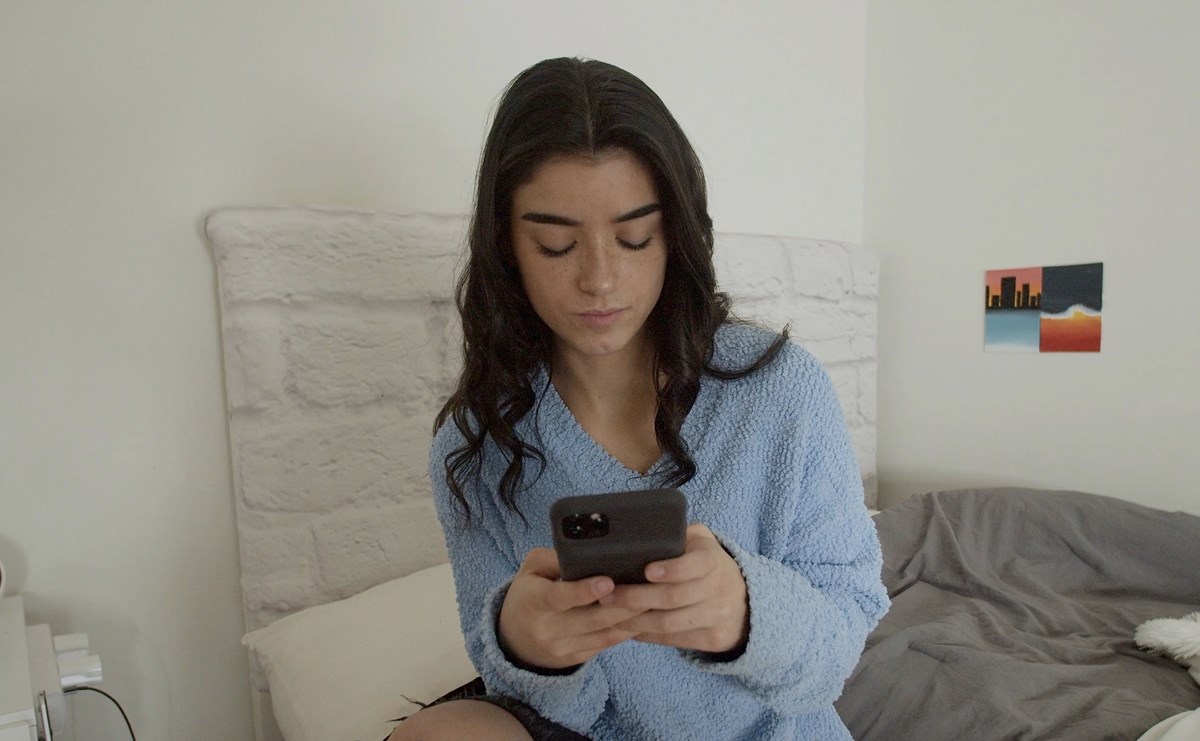TikTok, the Chinese video-sharing social network that was nearly banned by President Donald Trump, became a hot sensation in the summer of 2020 during the dog days of the pandemic.
With lockdowns disrupting lives all around the globe, many of us first heard of the app after a series of “nurses of TikTok” shared their intricate dance moves while patiently waiting for COVID-19 patients to flood emergency rooms. But after lockdowns had made irreparable damage, destroying small businesses across the nation and leaving countless children mentally unstable after being locked up in their homes through the school year, those who were either sent home indefinitely or forced online found a new use for the video-sharing platform.
Cooks, bartenders, comedians, and small business owners were some of the many savvy entrepreneurs who quickly found an audience. Likewise, top brands discovered they could tap into an entirely new audience through the fast-paced video-sharing platform.
As reported by InsideHook.com, the service industry could lose up to $240 billion as several states enter another round of lockdowns.
The result was one straight from a fairy tale: People who were certain they were bound to fall made it out alive. And what’s best, many came out with a ton of money in their pockets.
From Ashes to Glory
As reported by InsideHook.com, the service industry could lose up to $240 billion as several states enter another round of lockdowns, a loss that might lead to eight million layoffs and furloughs by the end of 2020. Instead of waiting for the money to dry up, tech-savvy bartenders realized they could use their time more productively.
On TikTok, food and beverage recipe content is quickly becoming one of the most popular categories, and TikTokers who can no longer make use of their bartending skills in real-life are finding that their cocktail recipes are garnering plenty of views.
As they explored their talents on the small screen, they realized their success had become a valuable asset.
Through partnerships with brands, many of which are facilitated by TikTok itself through its creator fund, these online sensations are creating their own successful venture. In the age of self-sufficiency, those who are willing to share their skills are finding a new way to thrive.
But the popular Chinese video platform isn’t just benefiting the un- and under-employed members of the service industry. Small business owners who nearly lost everything because of the lockdowns also found a way to thrive thanks to the app.
California-based Nema Causey is the head of Candy Me Up, a San Diego small candy retailer.
Even before COVID was declared a pandemic, she had already noticed that orders had started to dry up. But when California Gov. Gavin Newsom locked the state down, things took a turn for the worse.
“I was tripping out because I never fail in business,” Causey, 33, told MarketWatch.
'I feel incredibly lucky that I have been able to make some money and not had to search for another full-time job yet,' wrote British chef Poppy O’Toole .
Turning to TikTok, she and her brother turned their small shop into a real Candyland, filming themselves guzzling gummy bears and opening jelly candies using nothing but their mouths. Needless to say, they survived the government-made depression.
“TikTok is the one that really, truly saved our business,” Causey said.
Unlike Causey, British chef Poppy O’Toole didn’t have a shop to fight for when the lockdowns ruined business after business in the United Kingdom. However, she did lose her job as a chef in a Michelin-starred restaurant.
Due to the lack of opportunities, O’Toole went home to live with her parents. That’s where her younger siblings introduced her to TikTok.
After posting some simple recipe videos, the 26-year-old chef became a sensation. But it wasn’t until she posted her version of McDonald’s famous hashbrowns that her success got big brands to notice her.
O’Toole recently wrote in Newsweek that she feels terrible about all the people in the service industry who have lost their jobs due to the pandemic. But if it wasn’t for this horrific crisis, she wouldn’t have learned about TikTok.
“I feel incredibly lucky that I have been able to make some money and not had to search for another full-time job yet,” she wrote.
As the world hangs by a thread and countries like America expect to lose hundreds of thousands of small businesses, it’s terrifying to think that we could face a second wave of the same heavy-handed restrictions that decimated the economy through most of 2020. However, it is satisfying to know that, to some who managed to adapt in the nick of time, things actually didn’t turn out so poorly.
As those who have been paying attention know, TikTok’s success is unlikely to wane. Especially not so long as young people use it. Gen Z is what makes TikTok, and TikTok is what keeps Gen Z informed.
Charli D’Amelio, 16, holds the largest TikTok account with more than 100 million followers.
The platform offers an easily accessible and non-pretentious environment where young people feel comfortable to do what they wish. It is their soapbox, so to speak. So it isn’t a surprise when we read in the news that those who make the most out of the platform are, indeed, young.
Video creators between the ages of 16 and 20 who offer nothing but entertaining content are making a bang on TikTok, and some are so popular that they have even become the breadwinners for their entire families.
Following as Leverage
In the world of online success, influencers make their money by amassing a following — but the following isn’t what they are selling. Instead, they trade exposure to their following as a good. Brands that can use the publicity will pay for it, and depending on how large the following is, they will pay TikTokers a considerably large chunk of change.
Michael Le, a 20-year-old choreographer who recently bought a home in Los Angeles is one of them. Making between $20,000 and $50,000 per post, he makes most of his money through advertising partnerships with brands like Amazon. Similarly, singer Loren Gray also charges between $20,000 and $40,000 per post.
But the most astounding TikTok success story involves an even younger creator.
Charli D’Amelio, 16, holds the largest TikTok account with more than 100 million followers.
The internet offers those hurt by the government's heavy-handed policies a free market setting where they can thrive.
Brands are so eager to work with her that she reportedly charges up to $100,000 per post. In addition to the ads, she also has a deal with Dunkin’ and is part of a reality TV show featuring her entire family.
Whereas many made their way through TikTok’s halls of fame out of need, the same can’t be said about these young hotshots and yet—here they are.
@charlidamelio a love story 💕 pic.twitter.com/LDOmh7DrOY
— mari (@detailsdixie) December 2, 2020
While it’s easy to dismiss this generation as vapid, especially when it comes to their choice of entertainment, it’s important to remember that for the entire year of 2020 (the same year TikTok became a hit), people all across the globe were required to be locked away, waiting for an end to what now seems to be an endless pandemic. This environment forced young and tech savvy working men and women to improvise. Thankfully, TikTok was there to make it easier.
If anything, we should be thankful for this reality.
The internet offers those hurt by the government's heavy-handed policies a free market setting where they can thrive. Remember that before blaming the young for the strange way the online world seems to reward those who can produce short, engaging videos using nothing but their smartphones.

